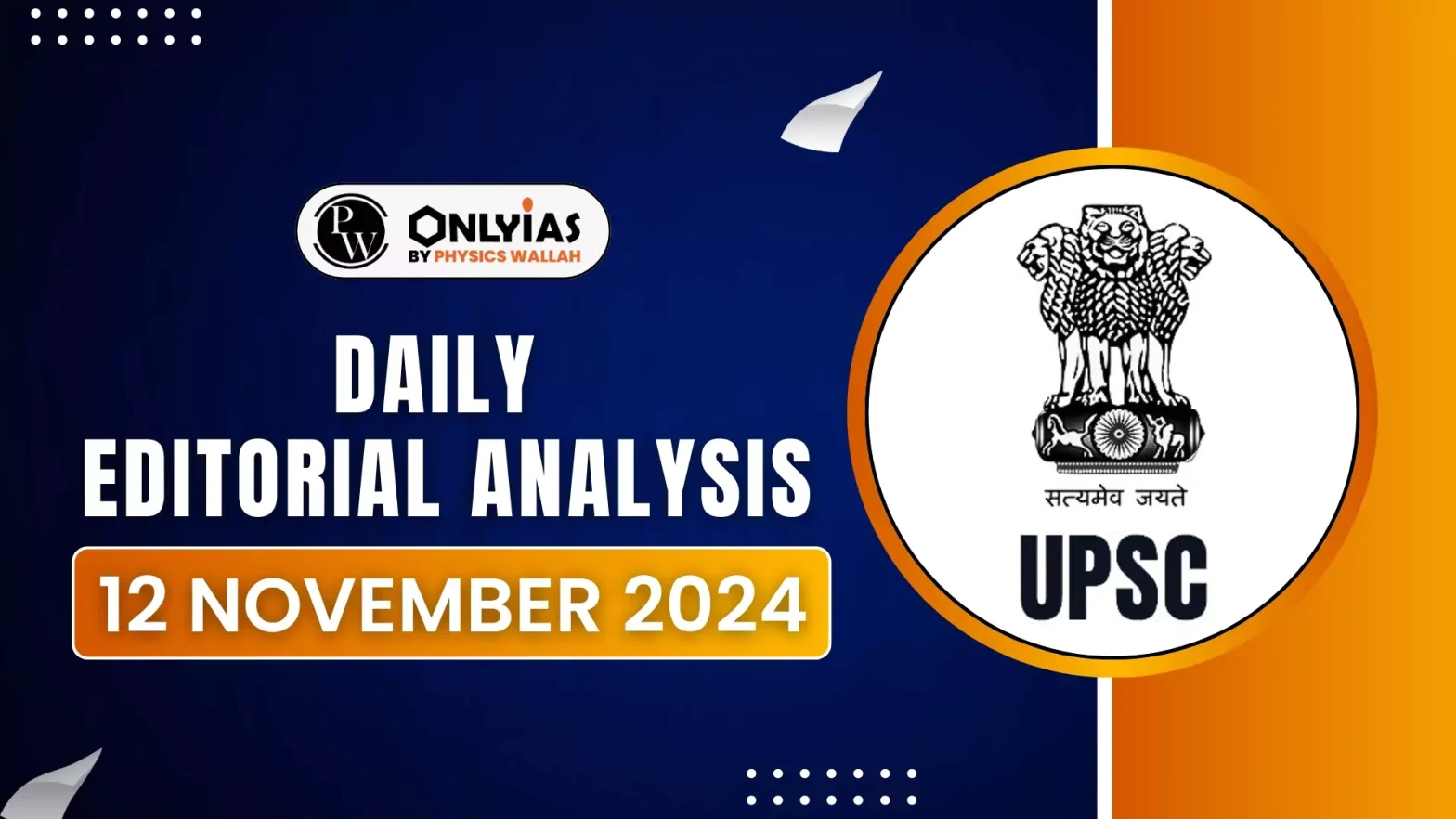India opted out of the RCEP agreement in 2019, citing concerns over its economic interests, particularly with China. However, there are growing debates about whether India should reconsider its decision.
Regional Comprehensive Economic Partnership (RCEP)
- The RCEP is a comprehensive trade agreement that aims to enhance economic cooperation between 15 Asia-Pacific countries.
- It builds upon existing free trade agreements(FTA) between Australia and 14 other Indo-Pacific nations, including Brunei, Cambodia, China, Japan, Laos, New Zealand, Singapore, Thailand, Vietnam, and later, the Republic of Korea, Malaysia, Indonesia, and the Philippines.
- RCEP officially entered into force on 1 January 2022 for the first ten members, with subsequent countries joining in 2022 and 2023.
- It represents the world’s largest free trade agreement in terms of GDP, underscoring its economic significance.
Enroll now for UPSC Online Classes
Key Reasons Behind India’s Decision to Opt Out of RCEP
- Domestic Industry Protection: Indian industries, particularly in manufacturing and dairy, feared increased competition from more advanced economies within the RCEP, especially China and Southeast Asia.
- There were concerns that cheap Chinese imports would flood the market, exacerbating the trade deficit with China.
- Past Experiences with Trade Agreements: India’s past experience with FTAs, such as the one with ASEAN, was seen as unfavourable, with India reportedly gaining less than its counterparts and facing increased imports.
Compelling Reasons for India to Reconsider Joining the RCEP
- Shift in Global Trade Dynamics: Global companies are increasingly seeking alternatives to China under the “China Plus One” strategy, spurred by the U.S.-China trade war and the disruptions caused by COVID-19.
- Missed Trade Opportunities: Countries like Vietnam and Indonesia, which are part of RCEP, have benefitted from this shift, attracting new manufacturing investments.
- Strategic Alignment: India’s strategic “Act East” policy and its aspirations for a stronger role in the Indo-Pacific region align with RCEP’s objectives.
- Participation in RCEP could reinforce India’s commitment to economic and geopolitical engagement with its Southeast Asian and East Asian neighbours, strengthening its influence in the Indo-Pacific.
- Rising Protectionism: The global trade environment has become increasingly protectionist, especially under President Donald Trump’s administration, pressuring India to lower tariffs and improve market access. By joining the RCEP, India could better integrate into global supply chains, reducing its trade isolation.
- India Inc’s changing stance: Over time, industry leaders in India, represented by bodies like CII and FICCI, have shown greater openness to embracing free trade agreements, including RCEP, provided there are sufficient safeguards to protect Indian interests.
Way Forward for India’s Rejoining of RCEP
While joining RCEP offers significant potential benefits, India must keep two key considerations in mind:
- Situation at the Line of Actual Control (LAC):
- Although some disengagement has taken place along the LAC with China, full de-escalation remains critical for India to consider re-engaging in deeper economic ties with a China-inclusive trade bloc.
- Only a stable, de-escalated border can support sustainable participation in RCEP.
- Engage in Thorough Stakeholder Consultations:
- India must conduct comprehensive consultations with stakeholders—domestic industries, industry bodies, and trade experts—to evaluate if they are now better equipped to handle competition within RCEP.
Check Out UPSC NCERT Textbooks From PW Store
Conclusion
Rejoining the RCEP is a strategic decision that requires careful consideration of domestic interests and global trade dynamics. India should reassess its position, engage stakeholders, and ensure that any future agreement aligns with its long-term economic and geopolitical goals.
![]() 12 Nov 2024
12 Nov 2024

